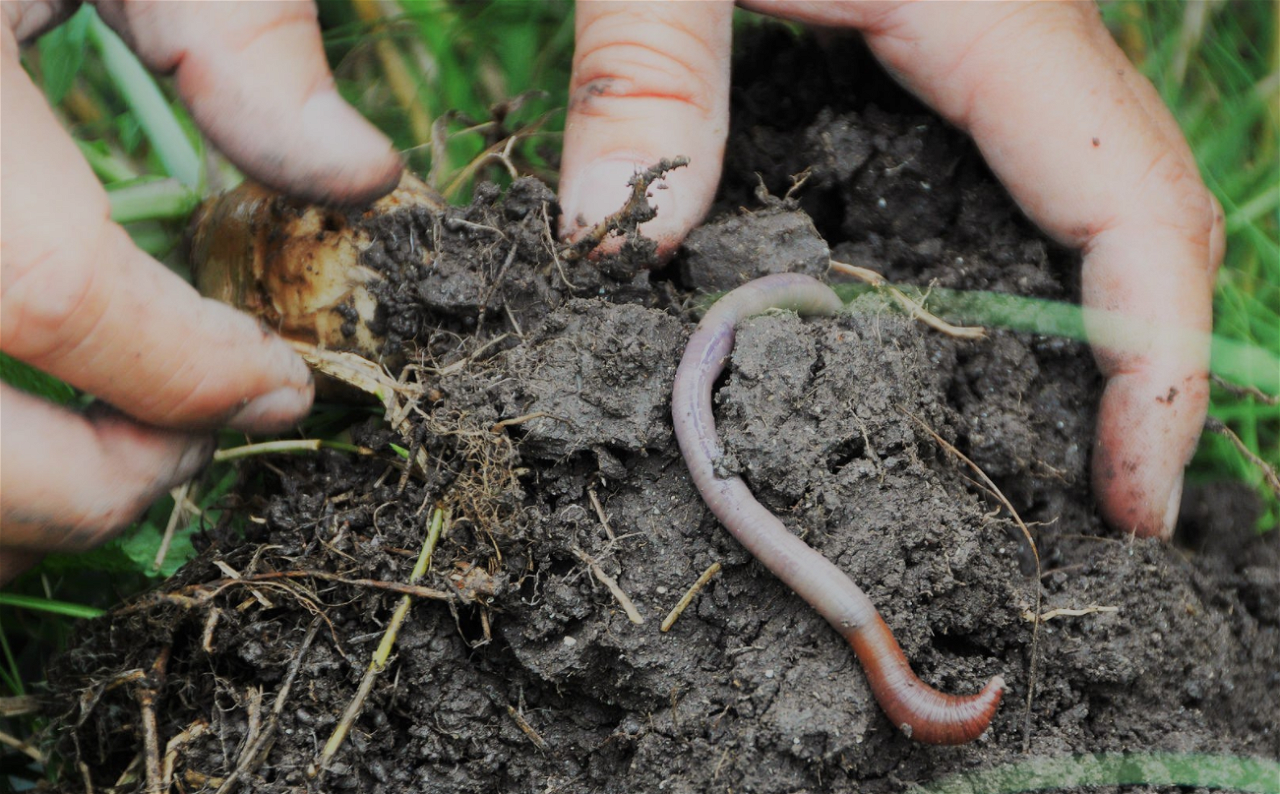
Farmers benefit from the services provided by earthworms in a variety of ways. Earthworms are excellent "soil engineers." Earthworms loosen and mix the soil as they move through it, allowing it to aerate and drain. This brings nutrients to the surface of the soil, making it more fertile and preventing flooding and erosion.
The movement of nutrients from the environment to living organisms and back to the environment is known as nutrient cycling. Nutrient cycling by soil decomposers like earthworms is usually gradual and cumulative.
Research Insights:
Researchers have demonstrated that nitrogen and carbon may transfer quickly from earthworms to plants and herbivores.
They carried out two experiments, one in the lab and the other out in the field. Chemical tracers were employed to track the flow of nutrients from earthworms to the soil, plant seedlings, and sap-sucking bugs.
The bugs were able to acquire nitrogen and carbon from the earthworms after only two hours in the lab, and nitrogen after 24 hours in the field.
The earthworms' tagged mucus on their skin, researchers hypothesized, was the source of this nitrogen and carbon.
Researchers believe an amino acid molecule excreted by earthworms may have been involved, based on the quick emergence of the tracer in herbivores.
The findings point to previously unknown nitrogen and carbon cycle shortcut.
Helps in Sustainable Agriculture
Earthworms are one of the most important soil animals, capable of maintaining soil fertility and thus playing an important role in sustainability. Earthworms and microbes work together to accelerate decomposition because earthworms condition, aerate, fragment, and increase the surface area of organic matter for microbial action.
They preserve the soil's physicochemical properties by converting biodegradable materials and organic wastes into nutrient-rich products that emerge from their burrows to deposit faecal matter (vermicast) on the surface.
This vermicast acts as a buffer because it contains significantly less volatile solids and a high amount of N, P, and K, all of which are readily available to the plant. Humic acids and plant growth hormones are found in vermicast can increase plant growth and crop yield in both natural and managed ecosystems.
















